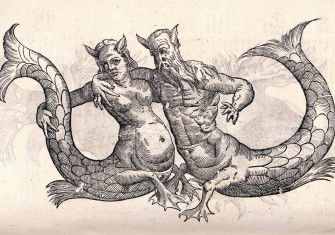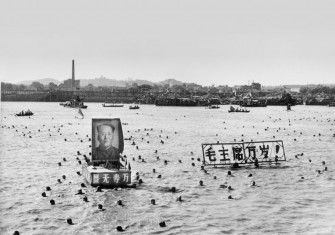
To continue reading this article you need to purchase a subscription, available from only £5.
Start my trial subscription now
If you have already purchased access, or are a print & archive subscriber, please ensure you are logged in.
Please email digital@historytoday.com if you have any problems.




